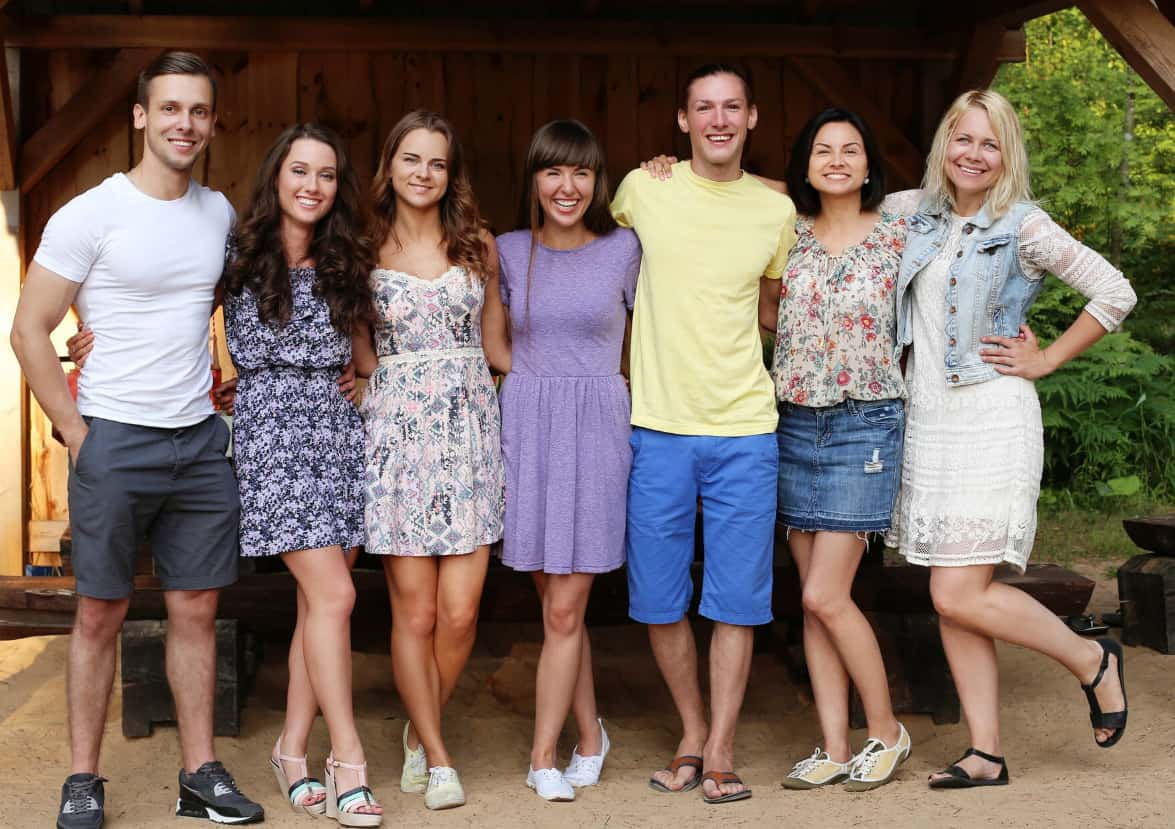The journey through adulthood is filled with fascinating changes and transitions.
When we look at 38_adult exp m/o vs 28 adult exp m/o, we’re examining two particularly interesting stages of adult life.
These ages represent more than just numbers – they reflect different mindsets, priorities, and life experiences.
This comparison helps us understand how people change and grow over a crucial decade of adult life.
Whether you’re a professional working with these age groups, someone planning for the future, or just curious about life’s transitions, understanding the differences between 38_adult exp m/o vs 28 adult exp m/o can provide valuable insights.
38_adult exp m/o vs 28 adult exp m/o

In this comprehensive guide, we’ll explore everything from career choices to personal relationships, financial decisions to lifestyle preferences, giving you a complete picture of how these two age groups navigate their lives.
What is 38_adult exp m/o vs 28 adult exp m/o?
Let’s break down this comparison in simple, clear terms:
Basic Definition:
- 38_adult exp m/o: Adults at age 38 with their accumulated life experience
- 28 adult exp m/o: Adults at age 28 with their developing life experience
Core Characteristics Table:
| Characteristic | 38-Year-Olds | 28-Year-Olds |
|---|---|---|
| Life Phase | Established Adult | Young Adult |
| Experience Level | Seasoned | Developing |
| Decision Style | Measured | Exploratory |
| Life Outlook | Long-term focused | Present focused |
| Risk Approach | Calculated | More adventurous |
Key Defining Features:
For 38-Year-Olds:
- Typically have:
- Established career path
- Clear life goals
- Defined personal values
- Stable relationships
- Set routines
For 28-Year-Olds:
- Often characterized by:
- Career exploration
- Evolving goals
- Developing values
- Building relationships
- Flexible routines
Key Differences Between 38_adult exp m/o vs 28 adult exp m/o
Let’s explore the major differences across various life aspects:
Professional Development
38-Year-Old Professionals:
- Career Characteristics:
- Leadership positions
- Industry expertise
- Established networks
- Mentor roles
- Strategic career moves
- Work Preferences:
- Stability overgrowth
- Quality over quantity
- Work-life integration
- Long-term commitments
- Team leadership
28-Year-Old Professionals:
- Career Characteristics:
- Skill building
- Industry learning
- Network building
- Mentee positions
- Tactical career moves
- Work Preferences:
- Growth over stability
- Experience gathering
- Work-life exploration
- Short-term flexibility
- Team collaboration
Financial Management and Planning
| Financial Aspect | 38-Year-Olds | 28-Year-Olds |
|---|---|---|
| Income Focus | Wealth Building | Income growth |
| Savings Priority | Retirement/Family | Emergency/Experience |
| Investment Style | Conservative | Aggressive |
| Debt Approach | Debt reduction | Debt management |
| Financial Goals | Asset accumulation | Financial foundation |
Personal Life and Relationships
38-Year-Olds:
- Relationship Patterns:
- Established partnerships
- Family focus
- Deep friendships
- Community involvement
- Mentorship roles
- Social Priorities:
- Quality time
- Family events
- Close-knit groups
- Meaningful connections
- Structured socializing
28-Year-Olds:
- Relationship Patterns:
- Exploring partnerships
- Self-discovery focus
- Diverse friendships
- Social networking
- Peer relationships
- Social Priorities:
- New experiences
- Group activities
- Expanding circles
- Various connections
- Spontaneous socializing
Implications of the 38_adult exp m/o vs 28 adult exp m/o Comparison
Market and Consumer Behavior
38-Year-Old Consumers:
- Shopping Priorities:
- Quality investment
- Family needs
- Long-term value
- Brand loyalty
- Convenience
- Purchase Decisions:
- Research-based
- Value-focused
- Family-oriented
- Brand-conscious
- Solution-seeking
28-Year-Old Consumers:
- Shopping Priorities:
- Price-quality balance
- Personal needs
- Immediate value
- Brand Exploration
- Accessibility
- Purchase Decisions:
- Trend-influenced
- Price-focused
- Experience-oriented
- Innovation-seeking
- Peer-influenced
Health and Wellness Approaches
| Health Aspect | 38-Year-Olds | 28-Year-Olds |
|---|---|---|
| Health Focus | Prevention | Fitness |
| Exercise Style | Balanced routine | High intensity |
| Diet Approach | Sustainable | Experimental |
| Health Monitoring | Regular | As needed |
| Stress Management | Structured | Flexible |
Examples of 38_adult exp m/o vs 28 adult exp m/o in Real Life
Daily Routines and Habits
38-Year-Olds’ Typical Day:
- Morning:
- Structured wake-up time
- Family breakfast
- School Preparation
- Work commute
- Team management
- Evening:
- Family dinner
- Children’s Activities
- Home maintenance
- Relaxation time
- Early bedtime
28-Year-Olds’ Typical Day:
- Morning:
- Flexible wake-up
- Quick breakfast
- Workout session
- Work commute
- Team collaboration
- Evening:
- Social activities
- Hobby pursuits
- Personal development
- Friend meetups
- Variable bedtime
Technology and Digital Life
| Digital Aspect | 38-Year-Olds | 28-Year-Olds |
|---|---|---|
| Social Media Use | Selective | Extensive |
| App Preferences | Practical | Social |
| Digital Skills | Established | Evolving |
| Tech Adoption | Cautious | Early adopter |
| Online Presence | Professional | Personal |
How to Address the Needs of 38_adult exp m/o vs 28 adult exp m/o
Professional Development Support
For 38-Year-Olds:
- Career Resources:
- Leadership training
- Management skills
- Work-life balance
- Industry expertise
- Strategic planning
- Professional Tools:
- Team management
- Project oversight
- Delegation skills
- Mentorship programs
- Career Advancement
For 28-Year-Olds:
- Career Resources:
- Skill development
- Career Guidance
- Work-life integration
- Industry knowledge
- Network building
- Professional Tools:
- Personal Productivity
- Project management
- Communication skills
- Mentee programs
- Career exploration
Life Planning and Support
| Support Area | 38-Year-Olds | 28-Year-Olds |
|---|---|---|
| Financial Planning | Wealth management | Budget planning |
| Personal Development | Leadership growth | Skill building |
| Relationship Support | Family Counseling | Dating advice |
| Health Services | Preventive care | Fitness focus |
| Life Coaching | Balance coaching | Career Coaching |
Additional Considerations
Cultural and Social Impact
38-Year-Olds:
- Social Influences:
- Family values
- Community roles
- Cultural traditions
- Social responsibility
- Generational bridge
- Cultural Engagement:
- Traditional media
- Family events
- Community leadership
- Cultural preservation
- Mentorship roles
28-Year-Olds:
- Social Influences:
- Peer culture
- Social trends
- Cultural fusion
- Social activism
- Generational change
- Cultural Engagement:
- Digital media
- Social events
- Community participation
- Cultural evolution
- Peer influence
Also Check:
Conclusion:
The comparison between 38_adult exp m/o vs 28 adult exp m/o reveals important insights about adult development and life transitions.
Key takeaways include:
For Understanding 38-Year-Olds:
- Characterized by:
- Established patterns
- Family focus
- Career stability
- Long-term planning
- Balanced approach
- Support needs:
- Family resources
- Professional development
- Health management
- Financial planning
- Life balance
For Understanding 28-Year-Olds:
- Characterized by:
- Dynamic patterns
- Personal growth
- Career exploration
- Short-term flexibility
- Experimental approach
- Support needs:
- Career Guidance
- Skill development
- Social networking
- Financial education
- Life direction
This understanding helps create:
- Better support systems
- Targeted products
- Effective services
- Relevant programs
- Meaningful connections
Remember that while these patterns are common, individual experiences vary greatly.
The key is using this knowledge to:
- Create inclusive environments
- Provide appropriate support
- Develop relevant solutions
- Foster understanding
- Build connections
The decade between 28 and 38 represents a significant period of growth and change.
By understanding these differences, we can better support individuals at both life stages and create more effective solutions for their unique needs and challenges.








